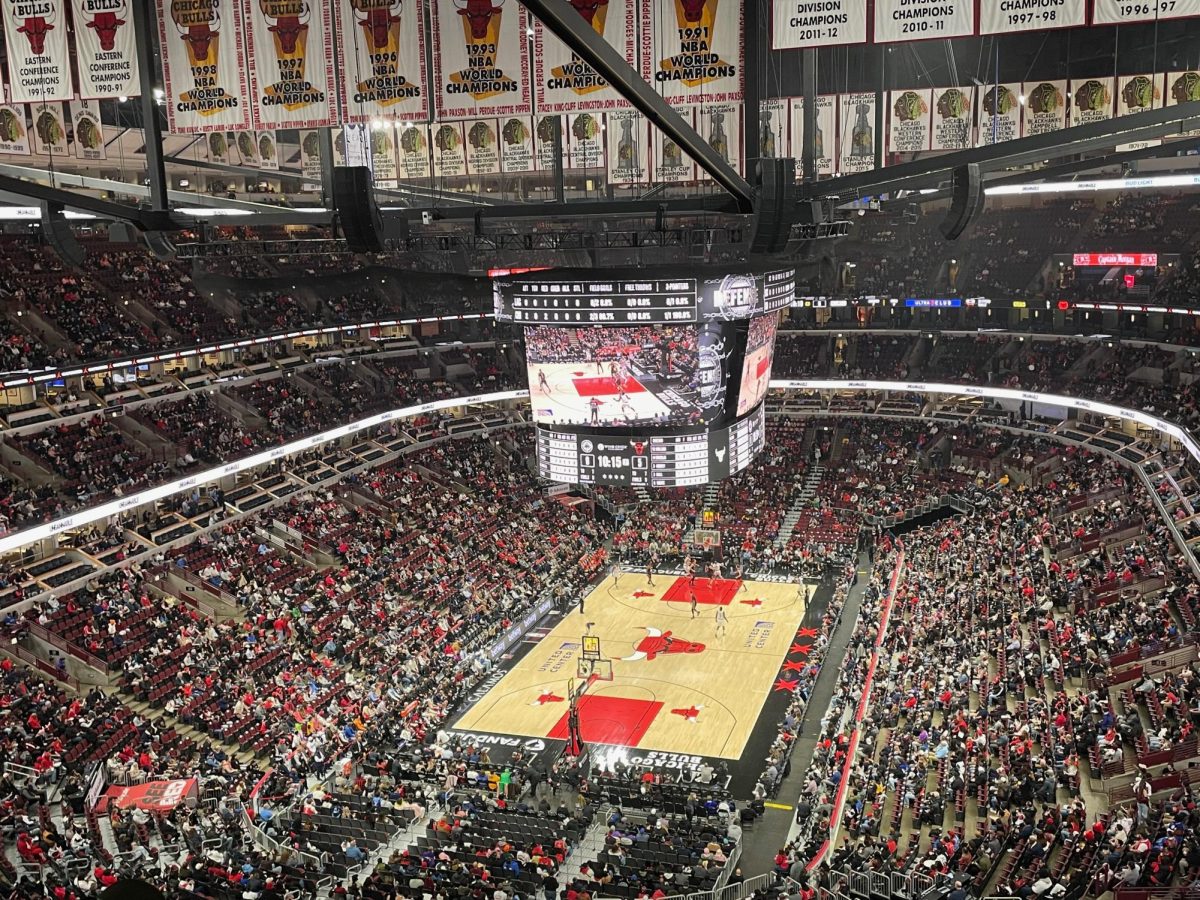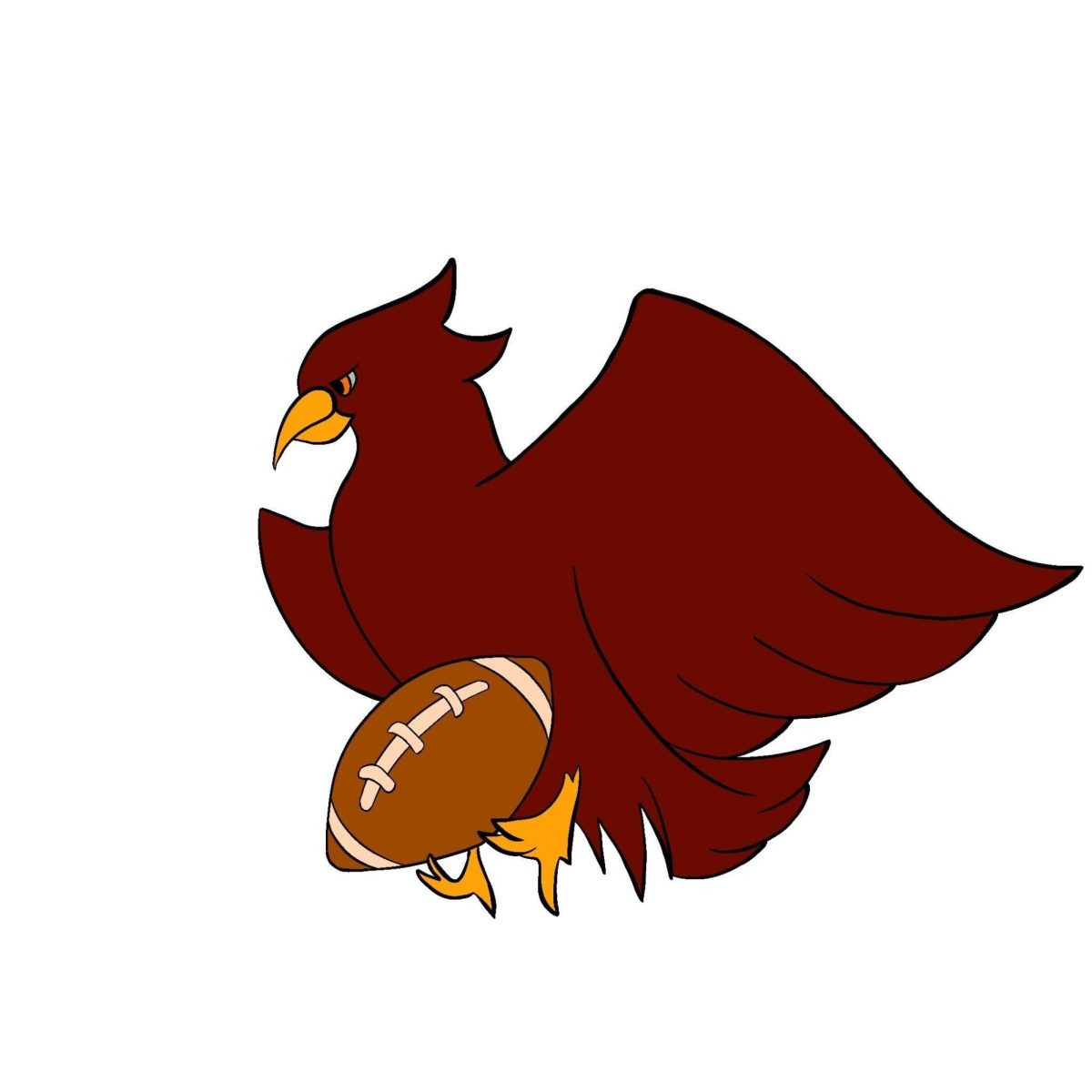The ‘90s saw football clubs enlarging their squads to cope with the challenge of playing over 60 games in a season, and with this enlargement came the concept of squad rotation. But is dropping Eidur Gudjhonsen at the expense of Hernan Crespo such a good idea?
Proponents of squad rotation argue that for a team to have strength in depth it needs to have well over 11 quality players. Good players need to play regularly or they will demand a transfer to another club, so the manager should regularly rotate the players in the starting lineup. The system has the added bonus of giving players a rest while keeping everyone close to match fitness.
Chelsea manager Claudio Ranieri is the standard-bearer of squad rotation. Typically one can see four to six new faces in a match, even if his team won its last game 5-0. While it may be tempting to attribute such rampant rotation to the embarrassment of riches he acquired as a result of Roman Abrambovich’s fantasy football-like transfer policy, a quick glance at his selections in the pre-Chelski era confirm that volatility is very much a part of the Italian’s philosophy.
The rank and file of squad rotation’s sizeable army of followers includes Manchester United’s Alex Ferguson, Liverpool’s Gerard Houllier, and any Inter Milan manager of the late ‘90s. While not quite as cavalier as Ranieri, Ferguson has raised more than a few eyebrows by managing to name an unchanged lineup only about five times in the last five years. Ferguson’s indiscriminate rotation is, however, a welcome alternative to Houllier’s system, where rotating in poor bench-warmers at the expense of talented ones was the principle. If dropping Robbie Fowler seems criminal, then what about promoting Emile Heskey at the expense of Jari Litmanen?
So does it work? Definitely not. There are two simple rules that totally undermine rotation theory. First, individual players need at least three to four matches in succession to build up the fitness and sharpness necessary to play to their potential, and second, teams take time to gel and breaking up a winning team is utter folly.
Teams in the ‘80s used to win leagues and European cups with squads of 15 players, and today’s footballers are far more fit and better conditioned than their beer-guzzling predecessors. Starting two games a week for three months would push any player to the limit physically, but the solution is not to drop the player for one out of every five games. The smarter plan is to keep playing him until he is tired, give him two weeks off and let his replacement play three or four games while he recuperates. That way, the incoming player gets time to build his fitness up and his team gets a chance to assimilate him properly.
All of this is of course based on the optimistic assumption that players are fit to start every game. The involuntary rotation that results from injury and suspension means that most bench-warmers will have their chance at some point in the season, after which form and quality alone can be used to select the starting lineup.
Fans of clubs managed by rotation-happy lunatics are often seen tearing their hair out when a period of good form comes to an abrupt halt because some of their best performers are rotated out. The proof, of course, is in the pudding: All of the most successful sides in history at any level have featured an unquestionable starting lineup that would always start when available. Examples include Manchester United’s treble winners of ’99, Brazil throughout the ’90s, and more recently, the unbeaten Gunners of 2004. More often than not, rotating players results in the manager also getting rotated, but don’t expect the revolving door to keep turning.








